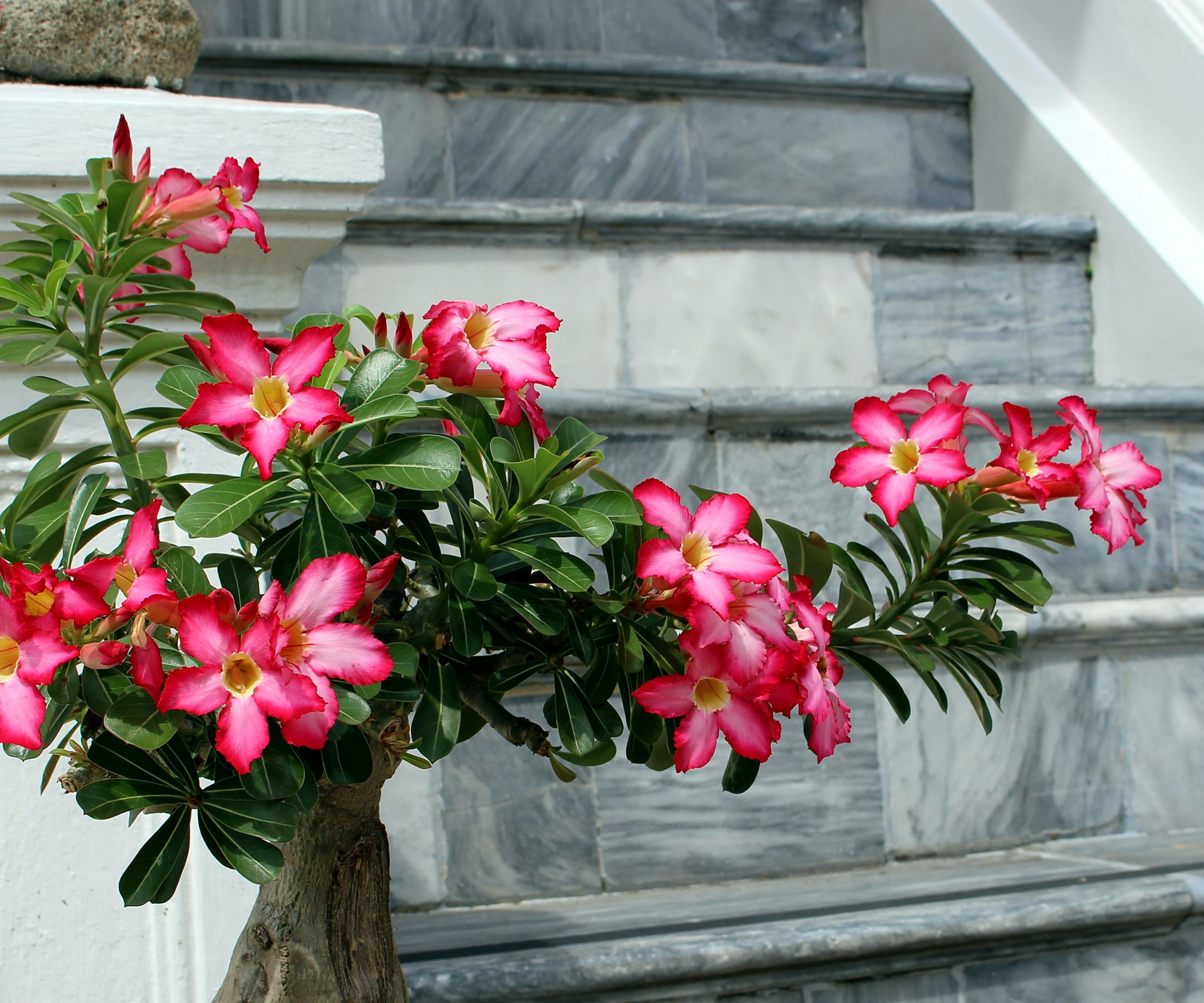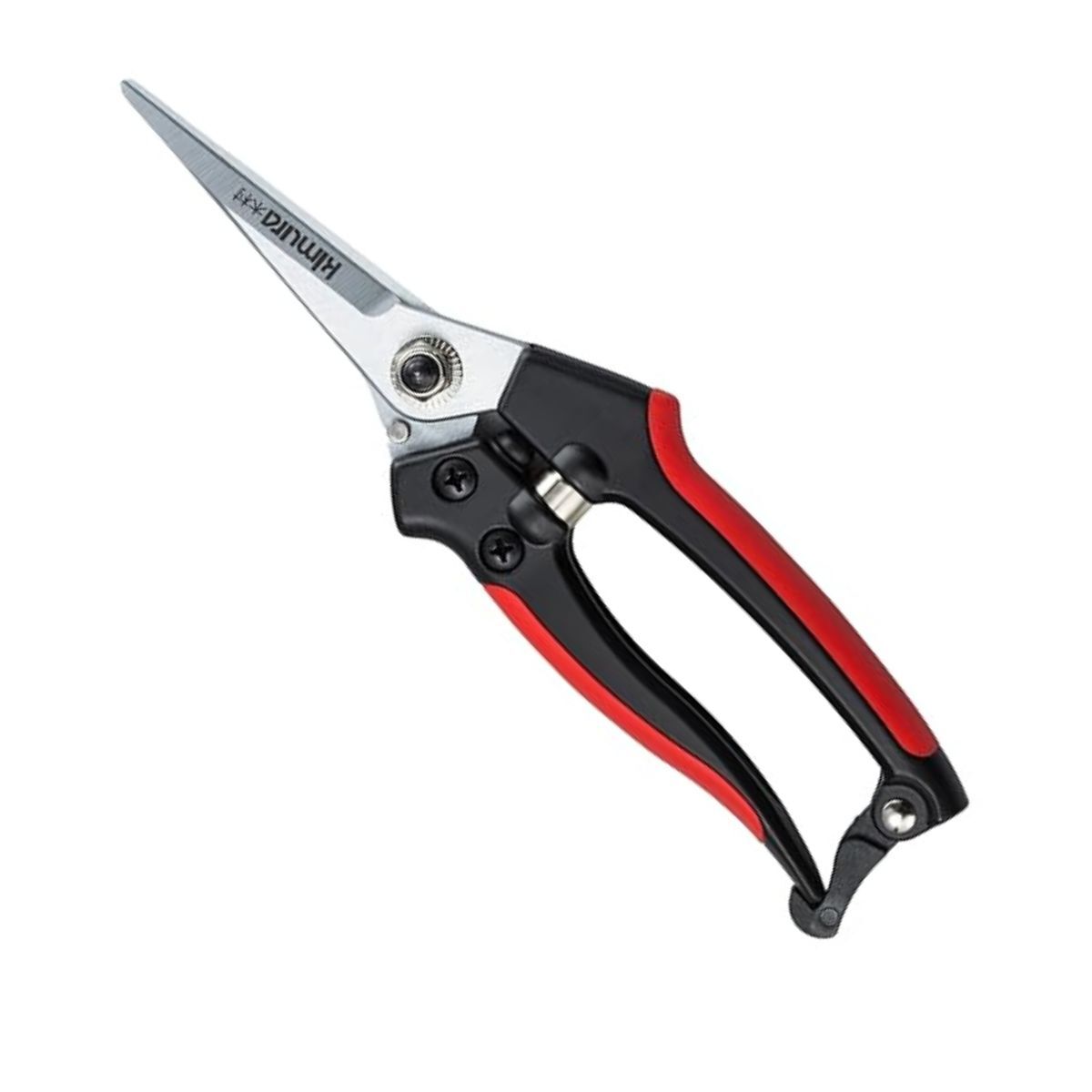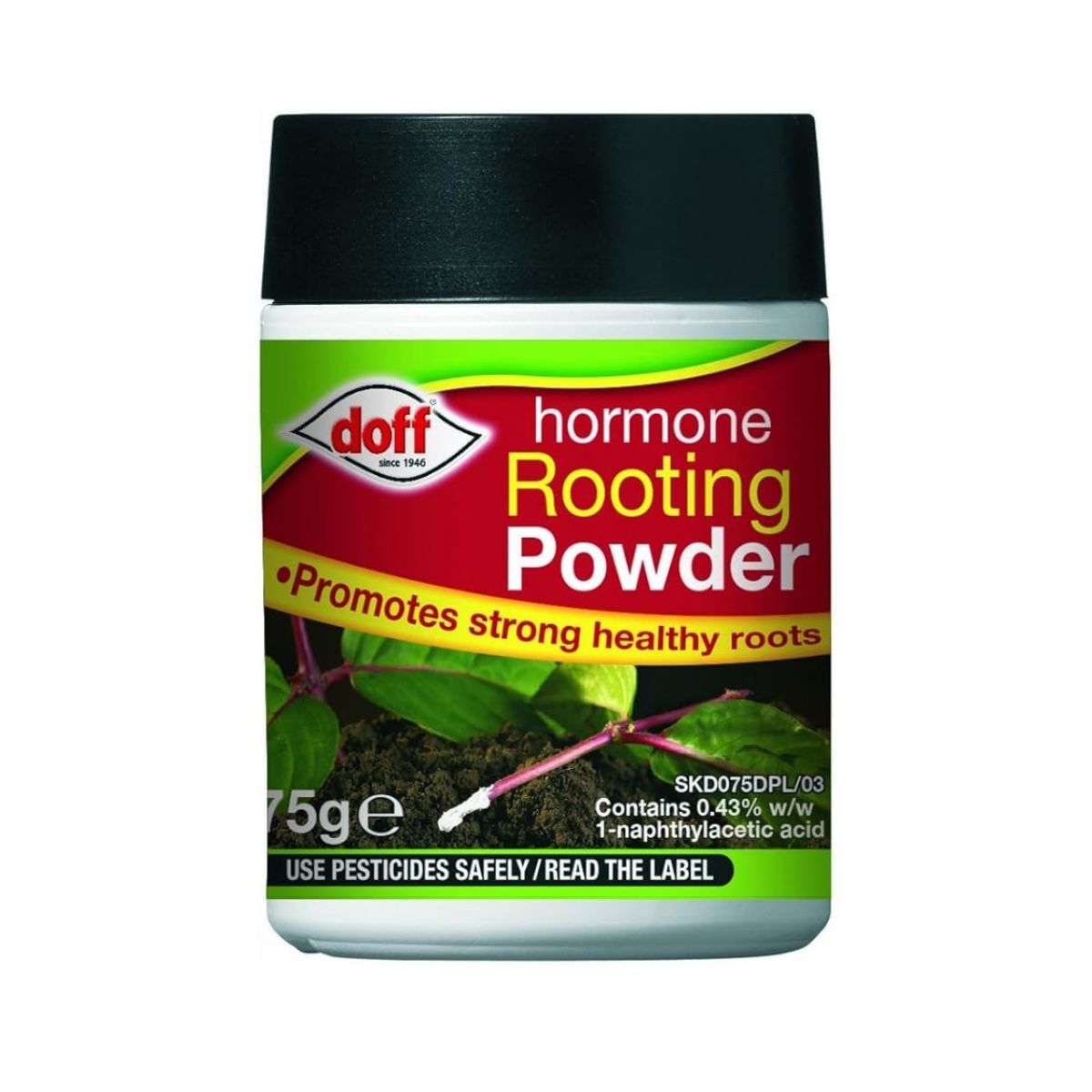How to propagate a desert rose – to get more fabulously floriferous tropical plants for free
This sun-worshipping indoor plant can be multiplied easily with these simple steps


A desert rose (Adenium obesum) is, for many, a wistfully nostalgic plant and one that symbolises health, fertility, and good fortune. Its name is something of a red herring, since it's not a rose at all, but a succulent, grown outdoors in warmer climates, but often grown as a houseplant in cooler regions.
If you know how, or are getting to grips with how to grow a desert rose at home, the next step is to make new plants without ever venturing past your front door. Of course, the main benefit of taking cuttings from your plant is to grow new, free plants and increase your stock of desert roses.
Though taking cuttings serves as a boon to your plant, too, as it sends signals to the plant to get stronger and grow more profusely. Here is a how-to guide on how to propagate a desert rose.
Before getting started with propagating a desert rose

If you're wondering how to take plant cuttings correctly, the best place to start is by ensuring your pruners are sterilized. One of the most common plant cutting mistakes is to skip this step, and inadvertently pass on disease to your plant. Use good, sharp gardening snips, like these Garden Life snips available at Amazon.
Be sure to wear gloves, since the sap in this plant can cause skin irritation. Gardening gloves like these, available at Amazon, are perfectly suited to the job.
In large quantities, it can be highly toxic, so it is paramount that you keep away from children and pets as you carry out this process.
Step-by-step guide to propagating a desert rose

- Using your pruning snips, take a five-inch cutting from the tip of a branch, where it forks off in a Y shape. The cutting should be around the thickness of your little finger.
- Rest assured, in the spot where you have taken a cutting, your desert rose plant will grow new shoots fairly rapidly without issue. To prevent infections from cropping up in these areas you have cut off, you can dab on some powdered cinnamon, which has antibacterial and antifungal properties that prevent fungal infections in plants.
- Remove any leaves from the cutting you have taken.
- The 'wounds' on your new cuttings need to heal over. The best way to do this is to leave them for 2-7 days in a dry spot out of direct sunlight. In order to know when they are ready to be put into compost, check the areas where you cut and see if they have calloused over. If they haven't left them for an extra day or two, until they do.
- Once these cutting spots have calloused over, fill up your containers with some seedling mix like this organic seed starter mix available at Amazon. Ensure that it is not too compact and that there are plenty of air pockets in the potting mix.
- If you would like, you can dip the cutting into some rooting hormone. Although this is not essential, it can help initiate the rooting process faster. Use a natural rooting powder like this one, available at Amazon, which will stimulate quicker growth.
- Plant the cutting into the soil. One-third underneath the soil and two-thirds above the soil.
- Place the containers in a warm, dry spot, out of direct sunlight.
- Very lightly water the cuttings to begin with, and then do not water for 1-2 weeks. Try to resist watering regularly, even if the soil appears dry. Overwatering will cause the cuttings to rot. After the initial light watering, they should not be watered for a fortnight. Once two weeks have passed, you can begin to water very lightly each day.
- In approximately six weeks, the roots will have developed, and they can be potted into their forever homes and placed in the sunshine.
Shop desert rose propagation essentials
Ensure that your container has adequate drainage – we cannot stress enough just how much desert roses hate to be overwatered and waterlogged.
Design expertise in your inbox – from inspiring decorating ideas and beautiful celebrity homes to practical gardening advice and shopping round-ups.
Since desert rose is a tropical shrub, it likes sunshine, so it can live in a sun-drenched window would be the perfect home for your new plants.

Sophia Pouget de St Victor is the UK Content Editor at Homes & Gardens, bringing readers the latest trends, expert insights, and timeless design inspiration tailored to a UK audience. With a background in luxury interiors and a qualification in Garden Design from London, she has a passion for creating spaces with character and emotional depth. Sophia gravitates toward interiors that defy definition, valuing individuality and effortless elegance. She lives in West London with her partner, two mischievous terriers, and a plump cat named Lettuce.


